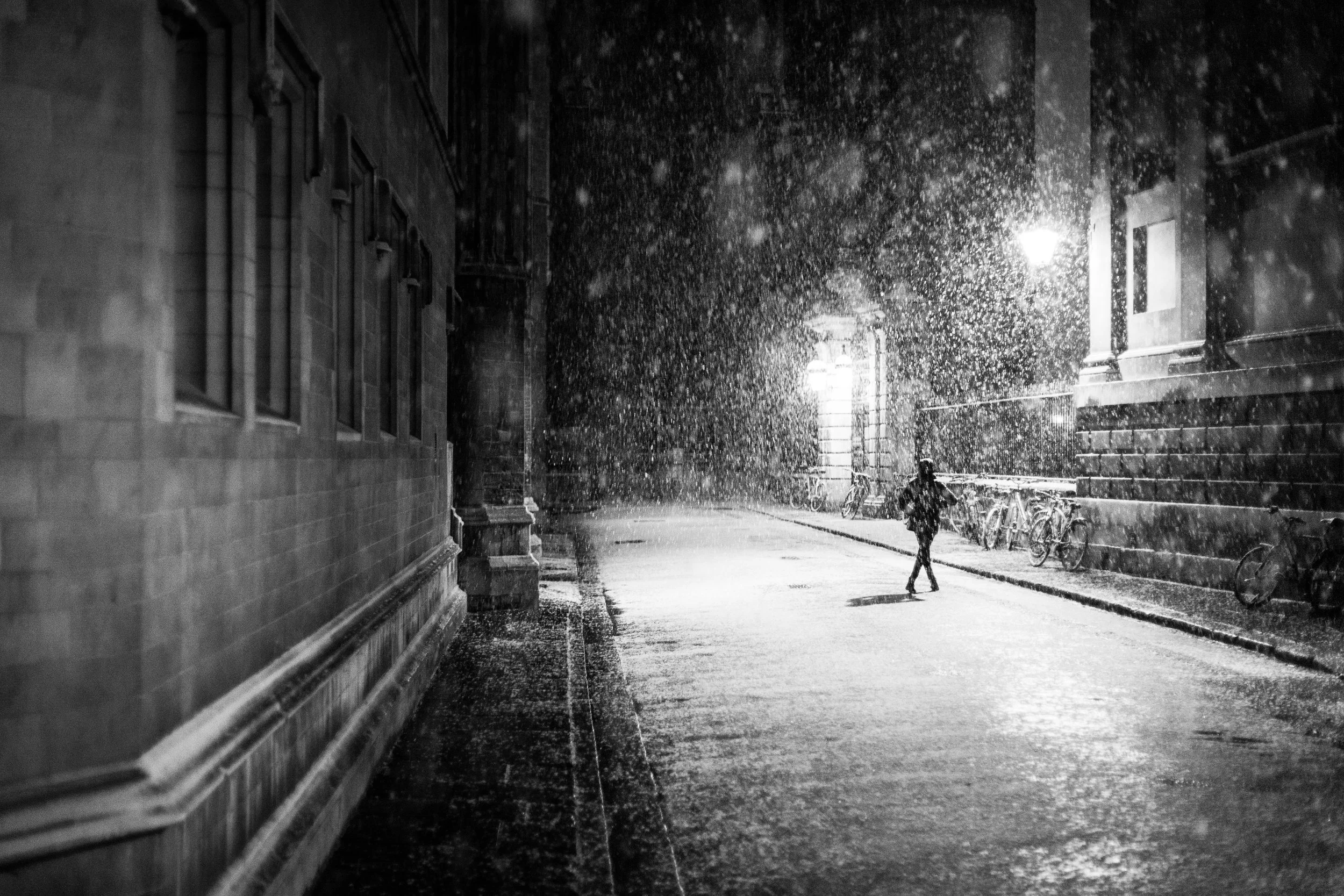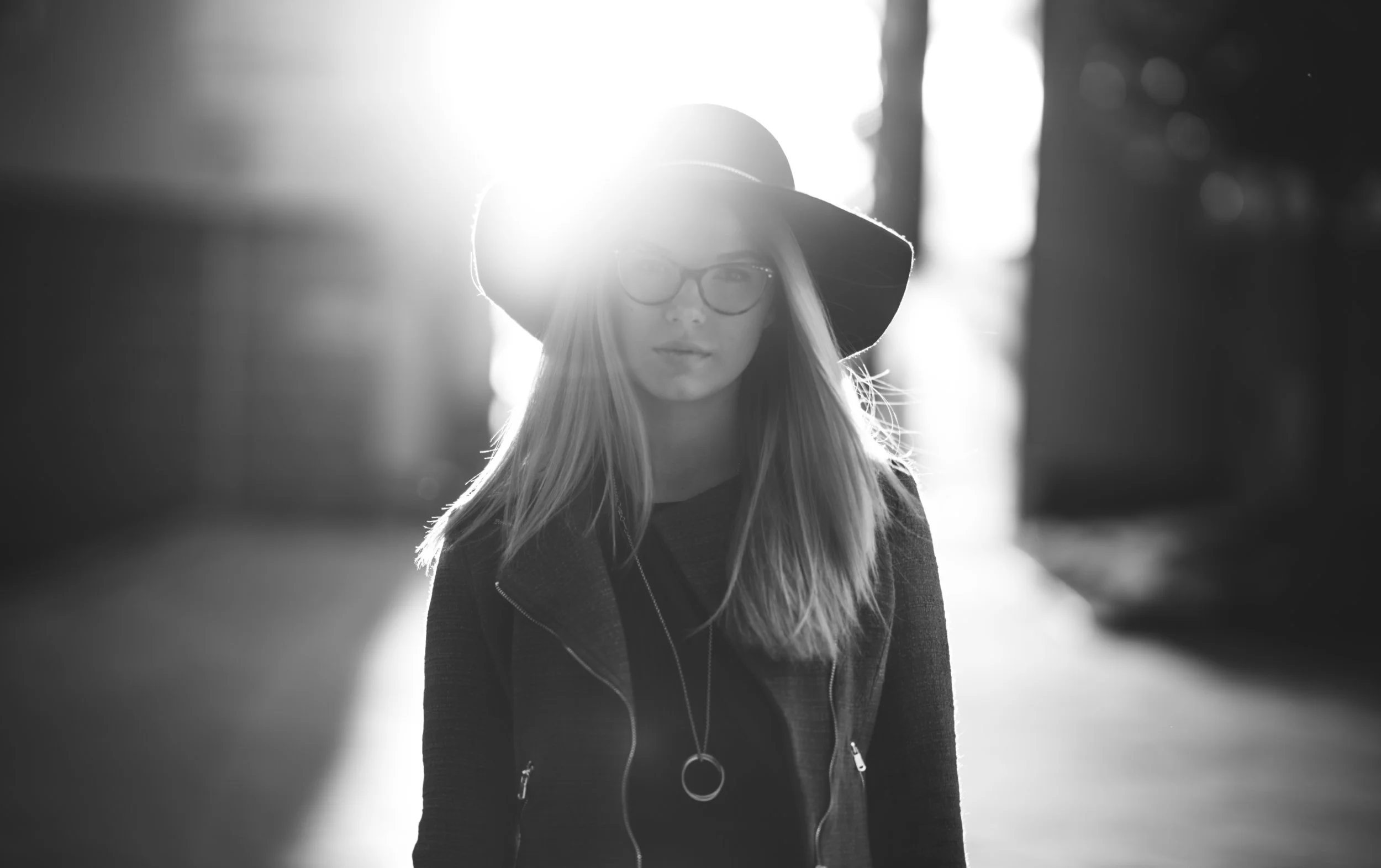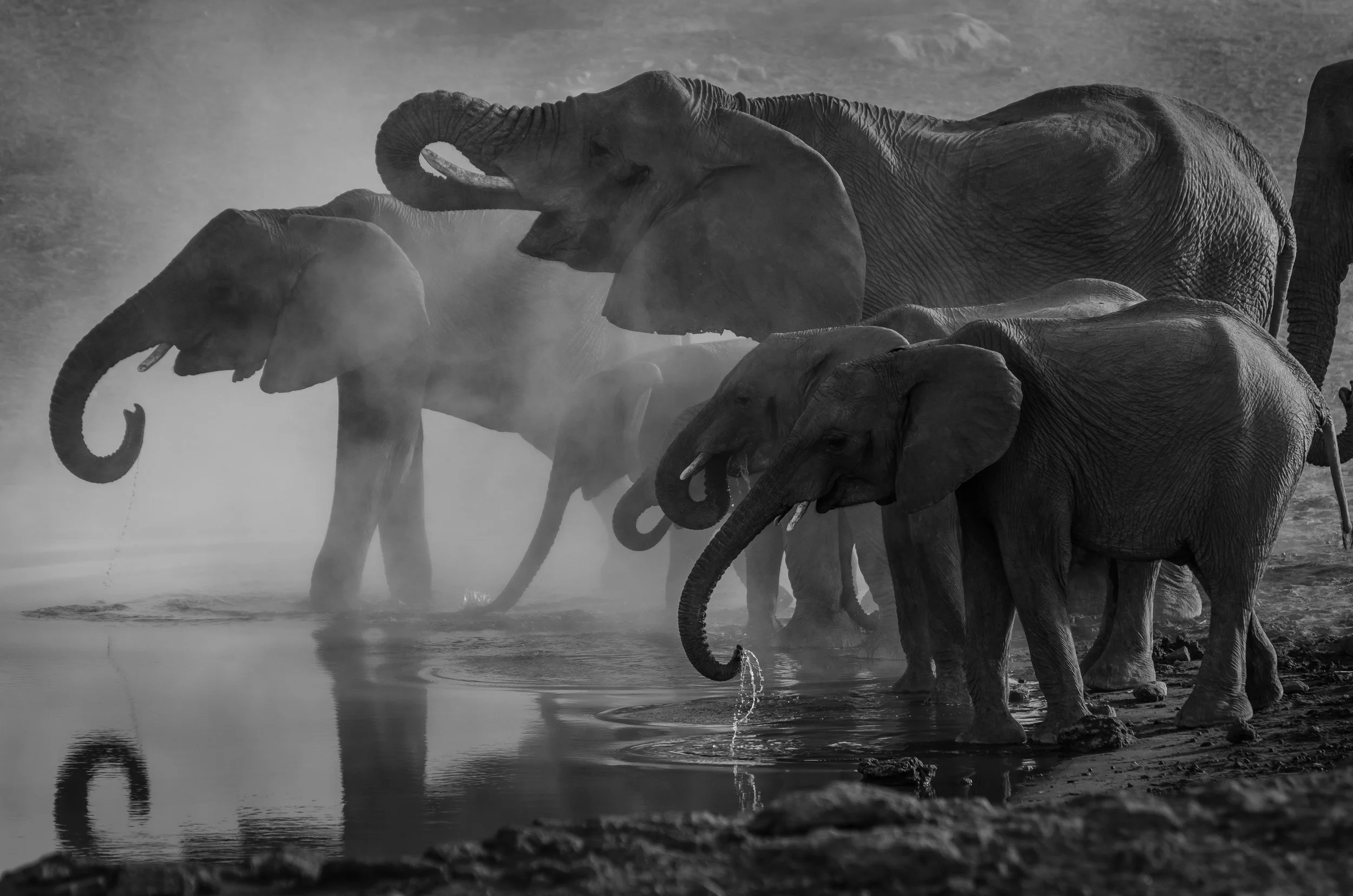Five Color Filters to Use on Black & White Photography
If you like to shoot in black and white, you should try using color filters. You might be wondering why you'd use color filters for black and white. Fair enough. The reason is that using color filters in b/w photography can create some clever outcomes including the mood of an image.
Some colors converted into greyscale have a tendency to lose too much contrast flattening images and removing the depth you would otherwise see in b/w or color. Using color filters can add the definition you want by changing how some colors appear when converted to b/w.
The Basics
Red, orange, yellow, green, and blue are the five color filters you can use with b/w pictures. Each filter lets through its own color while or deepening other colors.
Knowing which color to use will depend mainly on the colors contained in your original image and what you're trying to accomplish. For example, a blue filter allows blue through which then enhances blue colors within the picture and darkens other colors.
Color Filters in Depth
Orange Filter
This filter is a popular one with portrait photographers (but is also considered an excellent general purpose filter) and is one of the more balanced ones because it shares qualities with red and yellow filters. Portrait photographers like it because it tends to reduce the look of blemishes and brighten and smooth the appearance of skin.
It's also a good filter for architectural photography because it can warm and enhance the appearance of certain materials such as brick. It can darken the skies, emphasize clouds and add good contrast between the building's facade and its surroundings. (A red filter is also good, although more subtle, in this case.)
Red Filter
As you might expect of anything with red, the effects it creates can be bold meaning contrasts are strengthened, particularly in landscapes. The red filter darkens and deepens the look of a sky turning it almost black and sharpening the contrast between clouds and sky. Try it out on a foggy sky above a landscape or when shooting red flowers! You'll appreciate the immediate vibrancy it brings. If the effect you want is mild, this isn't the filter to use. Try yellow.
Yellow Filter
Yellow filters create some of the most subtle effects, almost to the point of being undetectable. In portraits, it can improve the appearance of skin, balancing tones, but not tackling any obvious blemishes. In landscapes, you'll find that it modestly darkens the sky while adding a slight emphasis to the clouds. It adds a slight luminosity to plant foliage.
Blue Filter
This isn't a commonly applied filter in b/w photography because it does the opposite of what most photographers want out of b/w. It reduces contrasts and darkens colors. Usually, you want to heighten not diminished contrast in b/w. Images have a tendency to appear underexposed when applying this filter although it can give a certain calm appearance to a picture.
Green Filter
As you'd expect, this one is popular for shooting plants, nature, and landscapes heightening any greens in the image and adding contrasts within the actual plants themselves. Greens become greener, and other colors take a step back. It also can lighten the look of a sky.
So next time you tackle black and white photography, we encourage you to try some of these five color filters, taking notes along the way. You might find them indispensable in your future work.




















